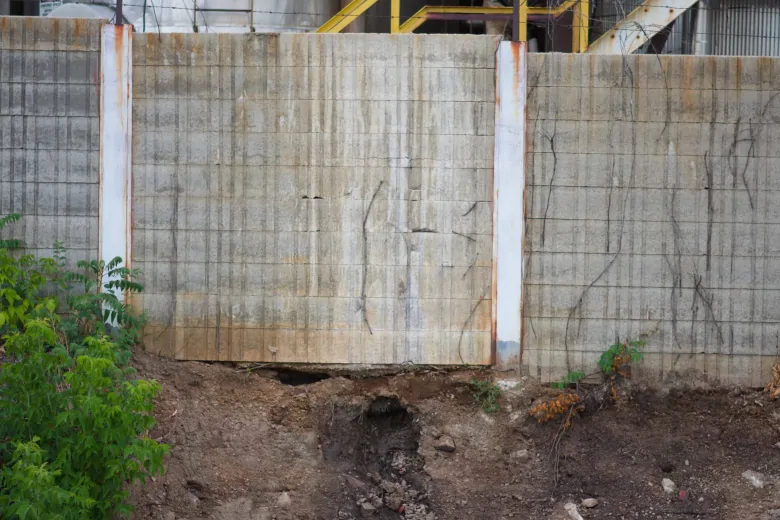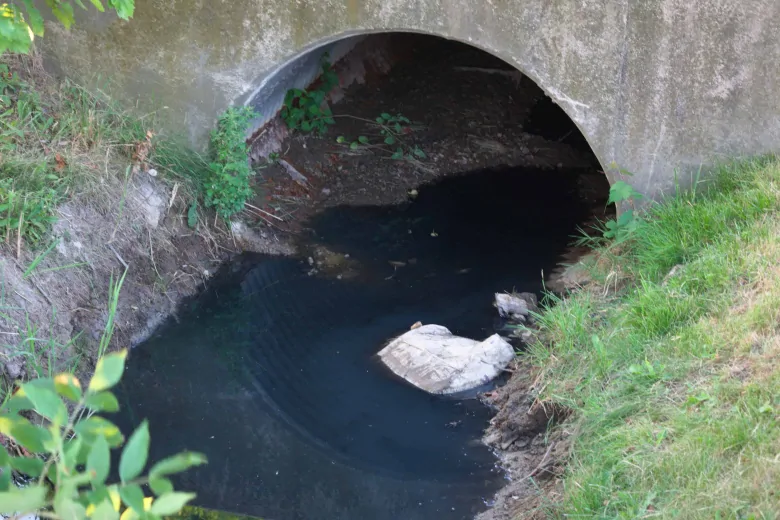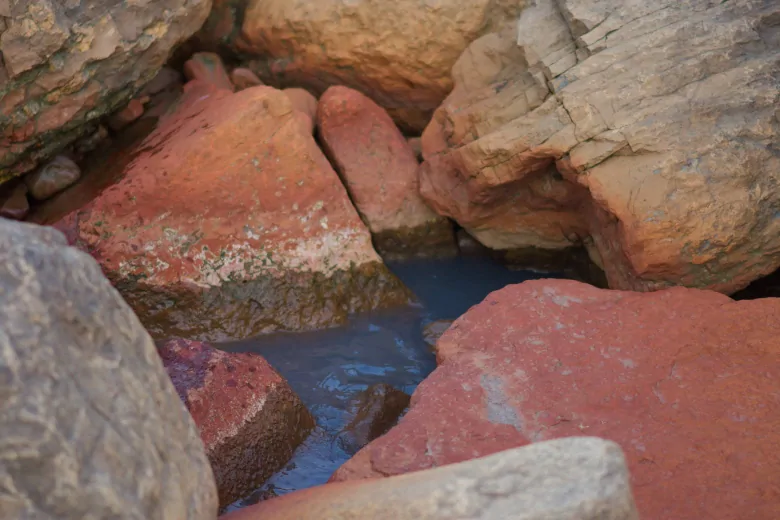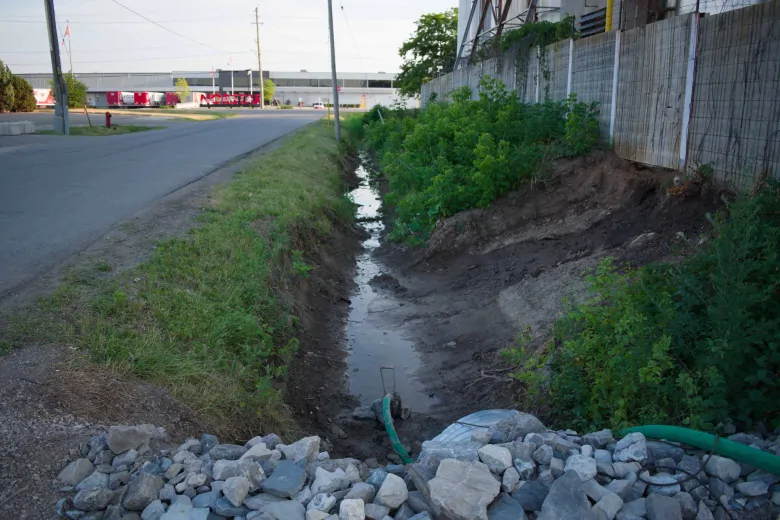The Ontario government is investigating an acid leak in Stoney Creek that has been draining into Lake Ontario for at least a month and flowing near a conservation area roughly eight kilometres away.
The Ministry of Environment, Conservation and Parks told CBC News that Bartek Ingredients reported a spill of food-grade acid into a ditch along Belgraden Avenue in Stoney Creek on June 4.
That ditch is right along the property line of the company, which claims to be the world’s largest producer of malic acid and food-grade fumaric acid — common food additives.
“No leaks from tanks at Bartek have been detected so far, however the company reported an acidic discharge to the roadside ditch due to cracks having been found in the concrete of their containment facility,” read a statement from ministry spokesperson Gary Wheeler.


Bartek told CBC News in a statement it only found out about the leak after the City of Hamilton installed a new culvert in the ditch — that indicates acid may have been seeping into Lake Ontario before June.
The company said it is following all orders from the ministry and the city.
Acid flowing into Lake Ontario and beyond

Wheeler explained an environmental officer visited the site on July 6 and reported that the water was clear and had no signs of odours downstream.
When CBC News visited the site on July 8, water in the ditch near the site resembled black ink. There was also a foot-sized hole near a driveway into the site. The walls around the site near the ditch were cracked. The area smelled, but it’s unclear if the smell came from the water or the Bartek plant and other factories nearby.

Another visit four days later showed the water was still black and murky. Some spots are clearer as water runs down the ditch, but the acid appears to travel the entire length of the drain.
The outfall empties into Lake Ontario. The lakewater near the drain is also dark.


The city also confirmed the acid may have reached near the Fifty Point Conservation Area, about eight kilometres east in Grimsby.
Scott Peck, Hamilton Conservation Area’s deputy chief administrative officer, told CBC News he has “no record or knowledge regarding a sewage spill and our current water quality for swimming is good.”
Leak has potential to kill fish
The ministry confirmed malic acid was not found in the leak. That means the leak is likely food-grade fumaric acid.
A document from the International Labour Organization and World Health Organization notes fumaric acid “is harmful to aquatic organisms.”
Other documents indicate fumaric acid can survive in water for weeks and at 245 milligrams per litre, fumaric acid will kill freshwater fish in 48 hours.

The ministry said Bartek has worked to divert water from the ditch to their wastewater neutralization system. It is also repairing the concrete containment facility located beneath the tanks and hired a consultant to help respond to the leak. But it’s unclear how much acid has escaped.
Bartek submitted a report to the ministry and the city on Friday outlining any impacts to groundwater, surface water, soil, and other potential clean-up measures.
Local experts and activists concerned
Lynda Lukasik, Environment Hamilton executive director, told CBC News the leak is concerning.
“If they’ve got serious structural issues with the containment system, that worries me for sure,” she said.
She also wonders what exactly made it into the water, if in fact the leak started before June, and how far the leak travelled.
“The bigger issue is if it ended up in a ditch or creek with any local fish or anything in it where this could be at a higher concentration,” Lukasik explained.
Kristen Villebrun, who is Anishinaabe and also known as Wassode nibi kwe (Shining Water Woman), is a local Indigenous water activist (also called a Water Walker).
She was upset to hear acid has been leaking out of the facility and said the public had the right to know about it as soon as Bartek Ingredients reported it.

“The water belongs to everyone. Those creatures that live in there, that’s their home. Water is alive, it remembers what you do to it,” she told CBC News.
“‘Oh, it was an accident,’ Do the creatures that live in that water know that?'”

